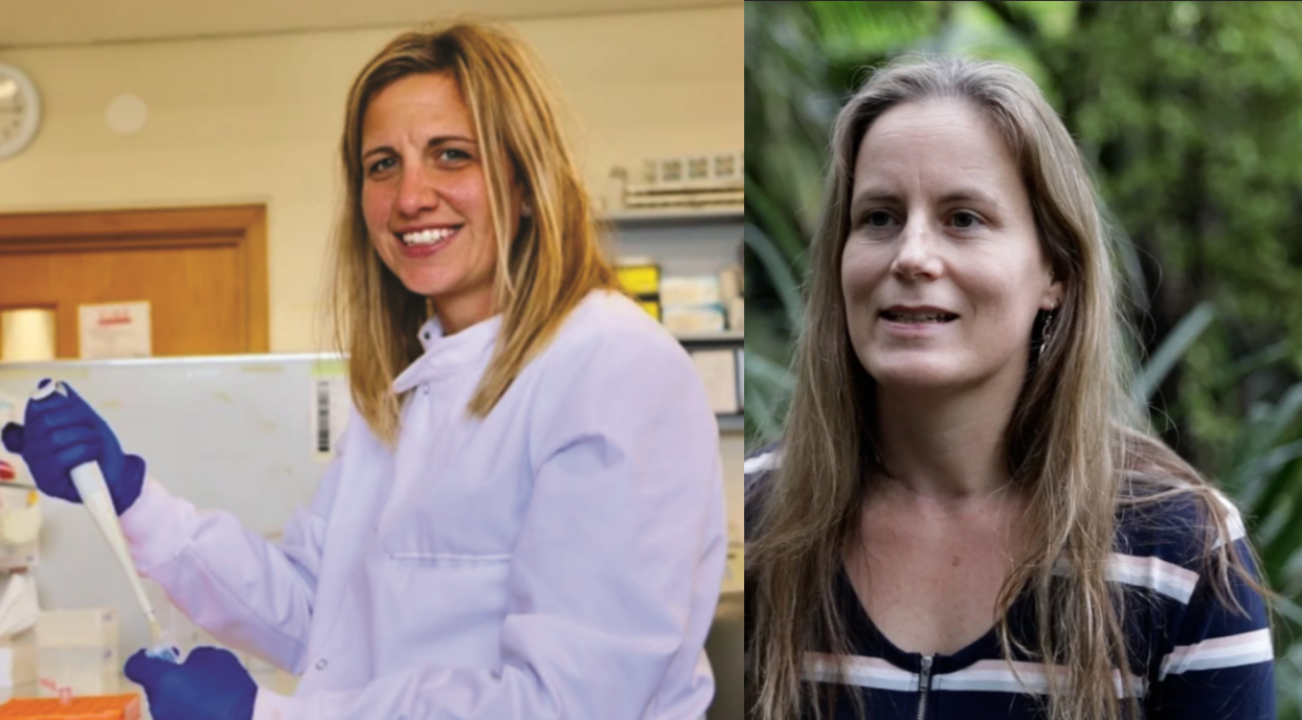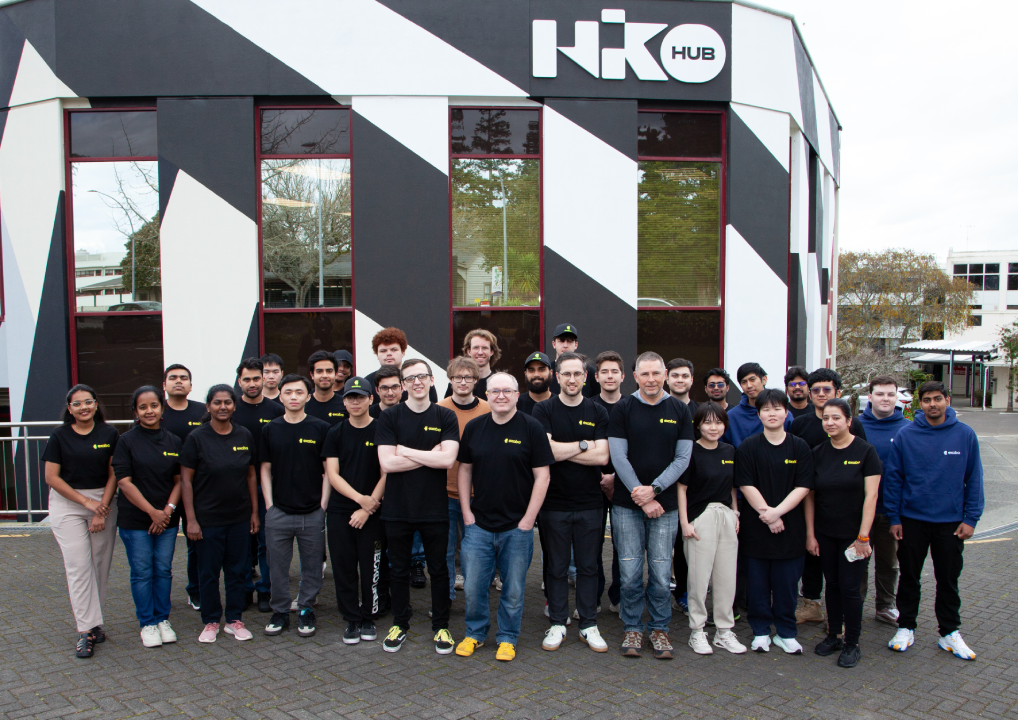Since the beginning of 2024, the University of Waikato has been working with the Ministry of Health on the business case for New Zealand's first graduate-entry medical school, which the Government announced its support for yesterday.
Independently, but as an extension of business case process, the University commissioned economic consultancy NERA to assess the existing provision of medical education in New Zealand and the likely impact of introducing a third medical school, in particular a medical school that offers a specialised graduate entry programme.
Read the report: The Value of a Third Medical School in New Zealand: Competition and Dynamic Efficiency.

University of Waikato Vice-Chancellor Professor Neil Quigley
NERA’s report demonstrates that New Zealand is very unusual internationally in having only two medical schools for a population of 5.5 million people. It also demonstrates that medical education in New Zealand is much more expensive than in the most relevant comparator country – Australia. Australian universities currently train doctors for a total cost (government funding and student tuition fees) of NZ$53,141 per annum. In New Zealand, the cost is NZ$71,000 per annum, which is 25% more expensive than in Australia.
New Zealand’s existing medical programmes are 5 years, but in Australia, the majority of medical degrees are 4-year graduate entry programmes. The cost and programme differentials between the two countries mean that Australia can train graduates to be doctors for a total cost of NZ$212,564 compared to NZ$355,000 in New Zealand, which means that it is 40% more expensive to train doctors in New Zealand. This provides one explanation for the fact that there are at present around 350 New Zealanders training as doctors in Australia, with the likelihood being that they will not return to practice medicine in New Zealand. (1)
NERA also point out that if those current New Zealand medical students who already have Bachelors’ qualifications could instead take a 4-year graduate entry programme, the government funding could be reprioritised to allow, at no extra cost, an additional intake of 40 medical students per annum to be trained in New Zealand.
Readers of NERA’s report may reasonably ask why New Zealand has retained only 5-year medical programmes despite our population having doubled over the last 60 years, and why the costs of medical education in New Zealand appear to be sustainably higher than Australia. The explanation may relate to the power that accrues to providers of a service when there are only two providers and they co-operate to manage the market and the political processes associated with it. (2)
The University of Waikato commissioned the NERA study as a contribution to informed debate about New Zealand’s current and future approach to medical education.
Professor Neil Quigley
Vice-Chancellor, University of Waikato
Contact:
University of Waikato Media: media@waikato.ac.nz
1. Hon Dr Shane Reti, quoted in The Press.
2. Daron Acemoglu and James A Robinson Why Nations Fail: The Origins of Power, Prosperity and Poverty (Random House) 2012.
For more visit the New Zealand Graduate School of Medicine.




